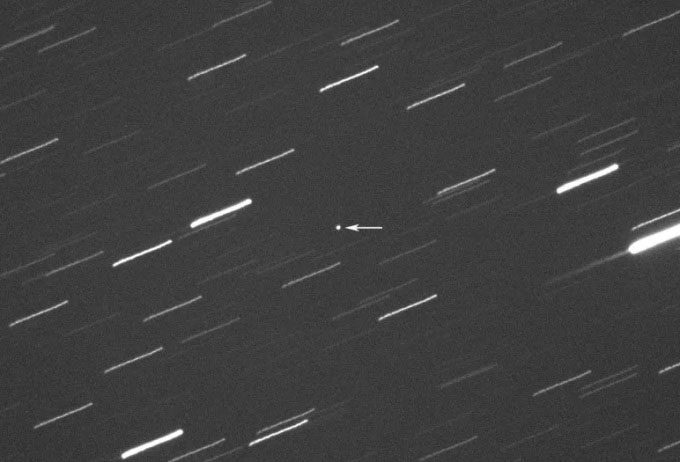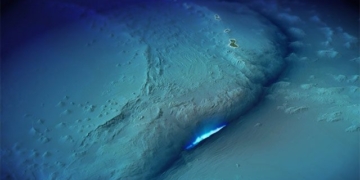Asteroid 2019 LH5, measuring approximately 268 meters in diameter, is expected to come within 5.6 million kilometers of Earth at around 11 AM on July 7.
Those interested can follow the upcoming approach of asteroid 2019 LH5 online, as the Virtual Telescope Project (VTP) will be streaming live when this asteroid passes close to Earth. VTP is a service provided by the Bellatrix Astronomical Observatory in Ceccano, Italy.

Asteroid 2019 LH5 approaching Earth on July 4. (Photo: Gianluca Masi/VTP).
Astronomer Gianluca Masi at VTP photographed 2019 LH5 using a telescope in Manciano, Italy, on July 4, when the asteroid was approximately 7.2 million kilometers away from Earth.
2019 LH5 was first discovered in 2019. The Jet Propulsion Laboratory (JPL) of NASA estimates that 2019 LH5 is comparable in size to a stadium, with a diameter of about 268 meters. However, according to the database of the Center for Near Earth Object Studies (CNEOS) at NASA, the diameter of this asteroid may range from 210 to 470 meters.
At the time of its close approach, 2019 LH5 will be traveling at a speed of about 77,900 kilometers per hour relative to Earth, according to CNEOS, which is roughly 20 times the speed of a rifle bullet.
2019 LH5 is one of over 32,000 near-Earth objects (NEOs) that scientists have identified to date. NEO is a term used to refer to celestial bodies that orbit the Sun and come within approximately 48 million kilometers of Earth’s orbit.
Most NEOs are small asteroids, but there are also over 100 comets on this list. More than 2,300 NEOs, including 2019 LH5, are classified as “potentially hazardous” based on their orbit and size. Specifically, they are expected to approach Earth within 7.4 million kilometers and are estimated to be larger than 140 meters.
Objects categorized as “potentially hazardous” are large enough to cause significant damage at least on a regional scale if they were to collide with Earth. Scientists are continuously monitoring the skies to detect NEOs and track their movements to protect our planet.
2019 LH5 takes about two years to complete one orbit around the Sun. During some passes through the inner Solar System, it will fly very close to Earth. Astronomers have carefully calculated the orbit of 2019 LH5 and found no likelihood of collision in at least the next 11 close approaches to Earth, until the year 2192.


















































